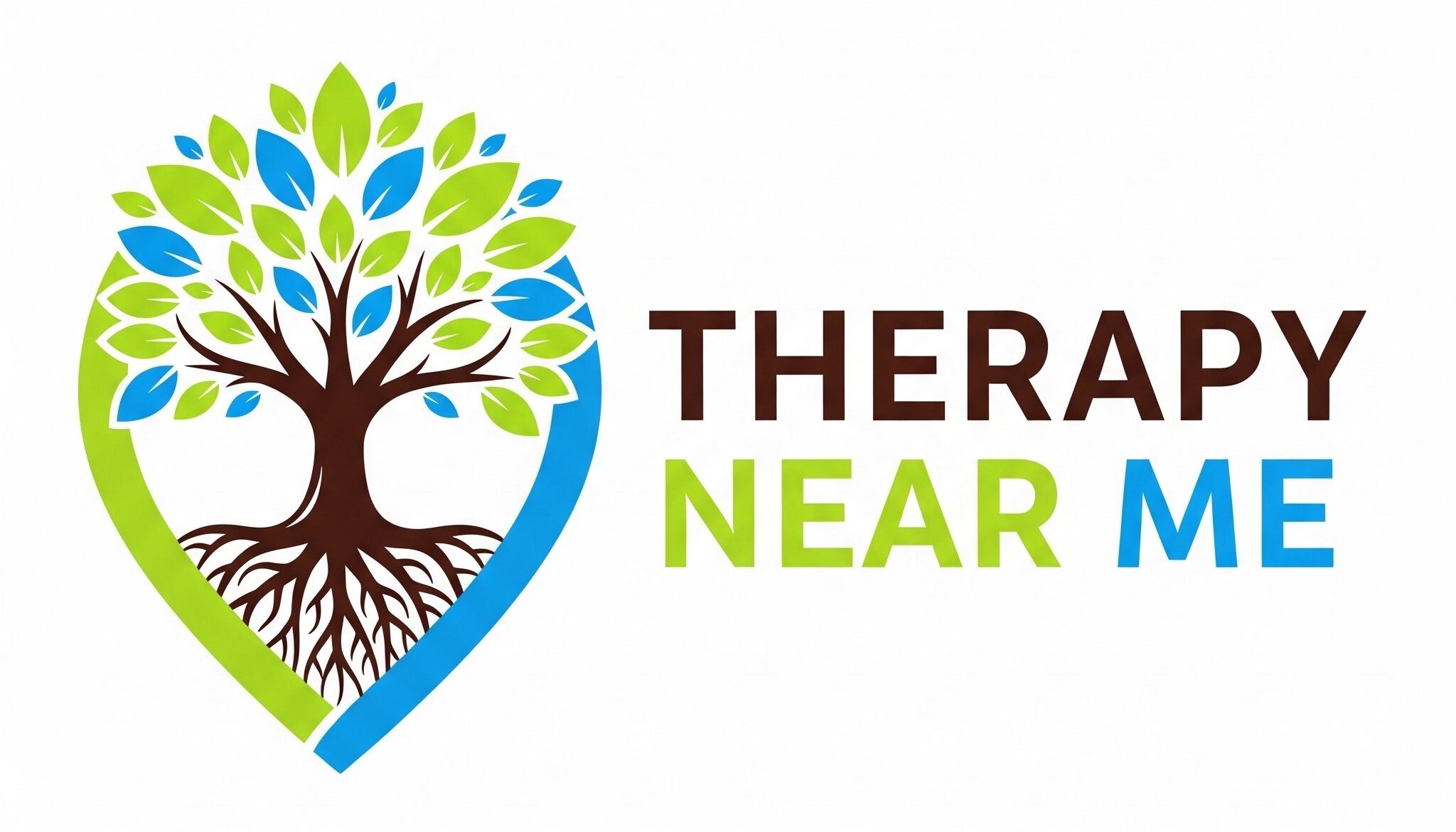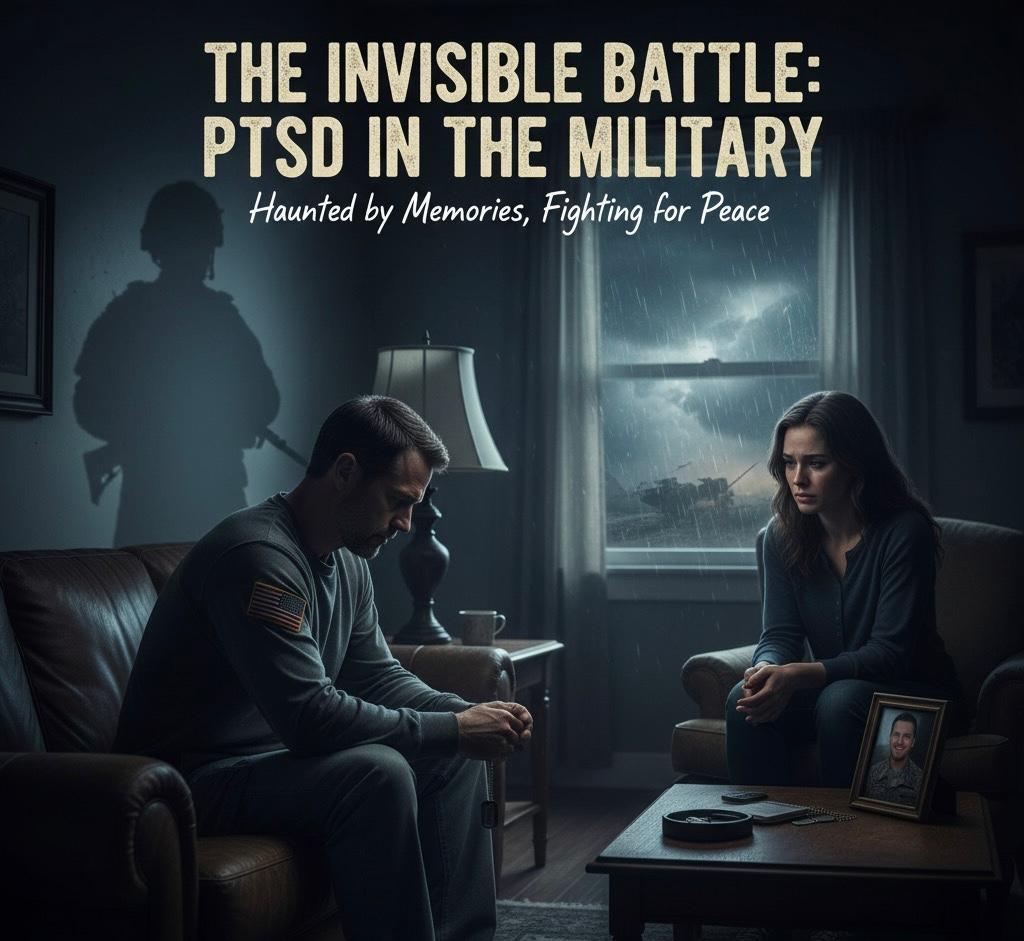Introduction
Post-Traumatic Stress Disorder (PTSD) is one of the most prevalent mental health conditions among military personnel and veterans. Exposure to combat, witnessing death, or experiencing life-threatening situations can leave enduring psychological scars. While bravery and resilience define service life, the emotional cost of trauma is often hidden behind silence, stigma, and cultural expectations of toughness.
According to the Australian Department of Veterans’ Affairs (DVA, 2023), between 10% and 20% of returning service members experience PTSD symptoms. Understanding PTSD within a military context is essential for developing effective prevention, treatment, and support strategies. This article explores its causes, biological mechanisms, evidence-based interventions, and recovery pathways.
1. Defining PTSD in the Military Context
PTSD is defined by the DSM-5 as a psychiatric disorder that occurs after exposure to traumatic events involving actual or threatened death, serious injury, or sexual violence (American Psychiatric Association, 2013). Military personnel face repeated exposure to such stressors, including combat, loss of comrades, and moral injury — the violation of deeply held ethical beliefs (Litz et al., 2009).
Symptoms typically include:
- Intrusive memories or flashbacks of traumatic events
- Avoidance of reminders such as locations or conversations
- Negative mood changes such as guilt, detachment, or anger
- Hyperarousal, including insomnia, irritability, and hypervigilance
The unique culture of the military — discipline, hierarchy, and emotional restraint — can make recognising and reporting these symptoms particularly difficult.
2. Causes and Risk Factors
Military PTSD arises from chronic exposure to life-threatening situations and the cumulative effect of stress over deployments. Key risk factors include:
- Combat exposure: Intense firefights, witnessing injury or death, or engaging in life-or-death decision-making (Hoge et al., 2004).
- Moral injury: Perceived betrayal of moral values or participation in ethically conflicting acts.
- Sexual trauma: Sexual harassment or assault within military environments.
- Pre-existing mental health vulnerabilities: Individuals with prior trauma or anxiety disorders face higher risk (Brewin et al., 2000).
- Lack of social support: Absence of unit cohesion or familial understanding can exacerbate distress (King et al., 2006).
Protective factors include unit camaraderie, strong leadership, and access to early psychological intervention during and after deployment.
3. The Neurobiology of Military PTSD
Neuroscientific research has identified key brain regions affected by trauma:
- Amygdala: Hyperactivation causes exaggerated fear responses.
- Hippocampus: Reduced volume impairs memory integration and contextual processing (Bremner et al., 1995).
- Prefrontal cortex: Decreased activity limits emotion regulation and threat evaluation.
Chronic stress also alters the hypothalamic-pituitary-adrenal (HPA) axis, leading to abnormal cortisol regulation (Yehuda, 2002). These biological changes explain persistent hypervigilance and emotional dysregulation in PTSD sufferers.
4. Stigma and Barriers to Care
Military culture often emphasises endurance and self-reliance, creating significant barriers to mental health treatment. Many service members fear that seeking help could damage their careers or reputations (Sharp et al., 2015).
This stigma contributes to underreporting and delayed treatment, which can worsen long-term outcomes. Initiatives such as peer-support programs, mental resilience training, and anonymous counselling services have proven effective in reducing barriers and normalising help-seeking behaviour.
5. Evidence-Based Treatments
1. Trauma-Focused Cognitive Behavioural Therapy (TF-CBT)
This therapy helps individuals reprocess traumatic memories and replace distorted beliefs with balanced perspectives (Foa et al., 2009).
2. Prolonged Exposure Therapy (PE)
Clients are gradually exposed to trauma-related thoughts and cues in safe environments to reduce avoidance and fear (Powers et al., 2010).
3. Eye Movement Desensitisation and Reprocessing (EMDR)
This approach uses bilateral stimulation (e.g., eye movements) to help integrate traumatic memories and reduce emotional distress (Shapiro, 2018).
4. Group Therapy and Peer Support
Veterans often benefit from shared experiences and mutual understanding. Group settings help reduce isolation and normalise emotional reactions.
5. Pharmacotherapy
Antidepressants, particularly SSRIs, can be effective for mood regulation and reducing hyperarousal. In treatment-resistant cases, new research explores ketamine-assisted therapy and neurofeedback as emerging options (Feder et al., 2014).
6. The Role of Family and Social Reintegration
Recovery from PTSD extends beyond the individual. Families play a crucial role in social reintegration, helping veterans rebuild trust and routine. However, secondary trauma can occur among partners and children exposed to emotional volatility (Dekel & Goldblatt, 2008).
Family therapy and psychoeducation improve understanding and reduce relational conflict. Encouraging open communication and structured support helps veterans transition from combat readiness to civilian life.
7. Resilience and Post-Traumatic Growth
Despite its challenges, many veterans experience post-traumatic growth (PTG)—the development of new meaning, purpose, and strength after trauma (Tedeschi & Calhoun, 2004).
Programs focused on mindfulness, adaptive coping, and physical fitness promote resilience by enhancing self-efficacyand emotional regulation. Integrating trauma recovery with identity reconstruction enables veterans to transform distress into empowerment.
8. Supporting Veterans in Australia
In Australia, organisations such as Open Arms – Veterans & Families Counselling and Therapy Near Me provide free or subsidised therapy, crisis support, and rehabilitation.
Government initiatives like the Veteran Mental Health and Wellbeing Strategy (2020–2023) emphasise early intervention and collaboration between psychologists, psychiatrists, and peer workers.
Telehealth access further expands care options for veterans in remote regions, ensuring equitable support across the country.
Conclusion
PTSD in the military is a profound psychological challenge that affects not only service members but their families and communities. Effective treatment requires a multifaceted approach—combining trauma-focused therapy, peer connection, and systemic reform to eliminate stigma.
As understanding grows, society must continue to honour military resilience while providing compassionate spaces for healing. With the right interventions and social support, recovery and post-traumatic growth are possible for all who serve.
References
- American Psychiatric Association. (2013) Diagnostic and statistical manual of mental disorders (5th ed.). Washington, DC: APA.
- Bremner, J.D., Randall, P., Scott, T.M. et al. (1995) ‘MRI-based measurement of hippocampal volume in combat-related posttraumatic stress disorder’, American Journal of Psychiatry, 152(7), pp. 973–981.
- Brewin, C.R., Andrews, B. & Valentine, J.D. (2000) ‘Meta-analysis of risk factors for posttraumatic stress disorder in trauma-exposed adults’, Journal of Consulting and Clinical Psychology, 68(5), pp. 748–766.
- Dekel, R. & Goldblatt, H. (2008) ‘Is there secondary traumatic stress among therapists?’, Social Science & Medicine, 67(6), pp. 915–924.
- DVA. (2023) Mental Health of Veterans Report. Canberra: Australian Government Department of Veterans’ Affairs.
- Feder, A., Parides, M.K., Murrough, J.W. et al. (2014) ‘Efficacy of ketamine in treatment-resistant posttraumatic stress disorder: A randomized clinical trial’, JAMA Psychiatry, 71(6), pp. 681–688.
- Foa, E.B., Hembree, E.A. & Rothbaum, B.O. (2009) Prolonged exposure therapy for PTSD: Emotional processing of traumatic experiences. Oxford: Oxford University Press.
- Hoge, C.W., Castro, C.A., Messer, S.C., McGurk, D., Cotting, D.I. & Koffman, R.L. (2004) ‘Combat duty in Iraq and Afghanistan, mental health problems, and barriers to care’, New England Journal of Medicine, 351(1), pp. 13–22.
- King, D.W., King, L.A., Vogt, D.S., Knight, J. & Samper, R.E. (2006) ‘Deployment risk and resilience inventory: A collection of measures for studying deployment-related experiences of military personnel and veterans’, Military Psychology, 18(2), pp. 89–120.
- Litz, B.T., Stein, N., Delaney, E. et al. (2009) ‘Moral injury and moral repair in war veterans: A preliminary model and intervention strategy’, Clinical Psychology Review, 29(8), pp. 695–706.
- Powers, M.B., Halpern, J.M., Ferenschak, M.P., Gillihan, S.J. & Foa, E.B. (2010) ‘A meta-analytic review of prolonged exposure for posttraumatic stress disorder’, Clinical Psychology Review, 30(6), pp. 635–641.
- Sharp, M.L., Fear, N.T., Rona, R.J. et al. (2015) ‘Stigma as a barrier to seeking health care among military personnel with mental health problems’, Epidemiologic Reviews, 37(1), pp. 144–162.
- Shapiro, F. (2018) Eye movement desensitization and reprocessing (EMDR) therapy: Basic principles, protocols, and procedures (3rd ed.). New York: Guilford Press.
- Tedeschi, R.G. & Calhoun, L.G. (2004) ‘Posttraumatic growth: Conceptual foundations and empirical evidence’, Psychological Inquiry, 15(1), pp. 1–18.
- Yehuda, R. (2002) ‘Post-traumatic stress disorder’, New England Journal of Medicine, 346(2), pp. 108–114.







